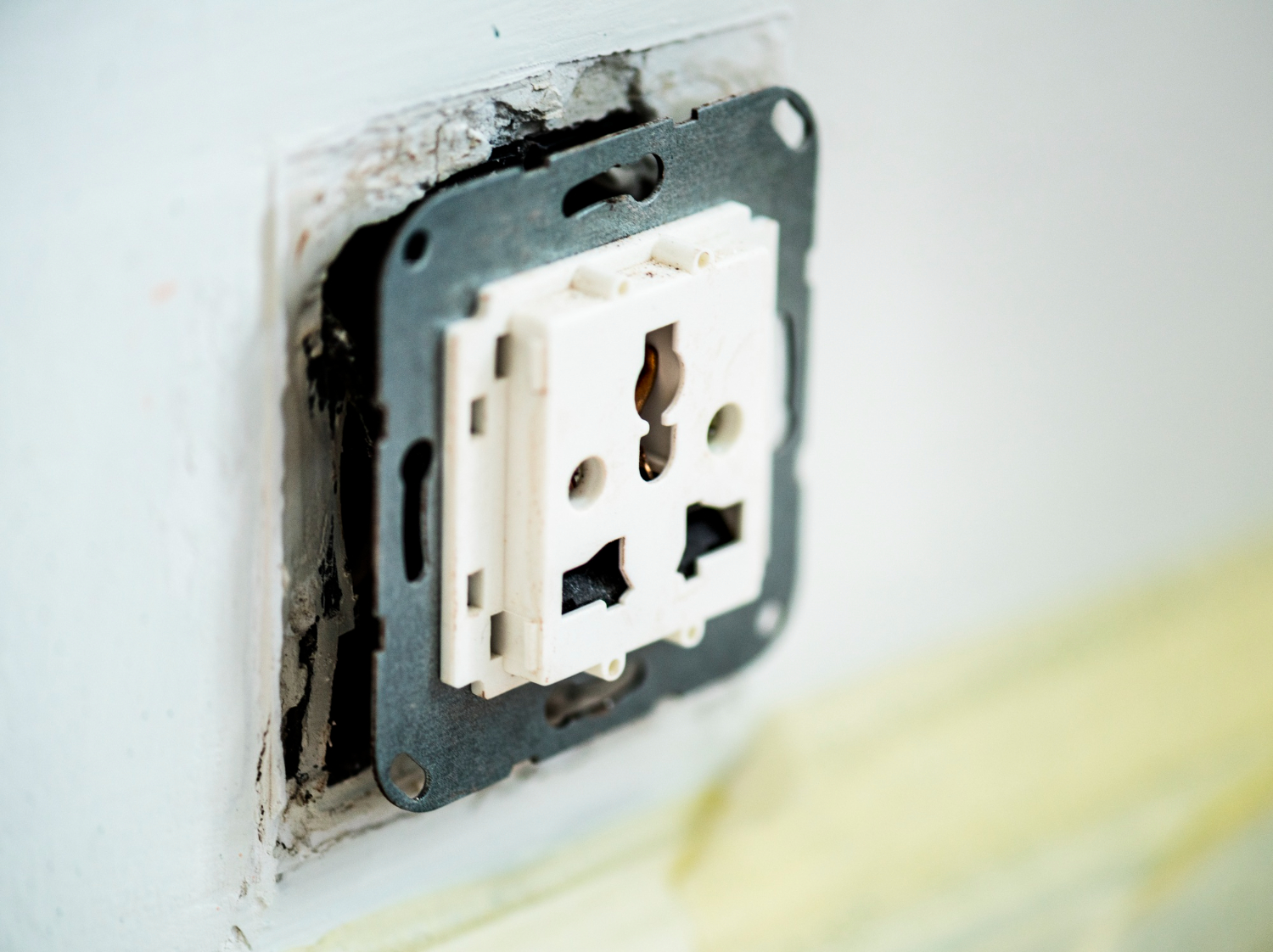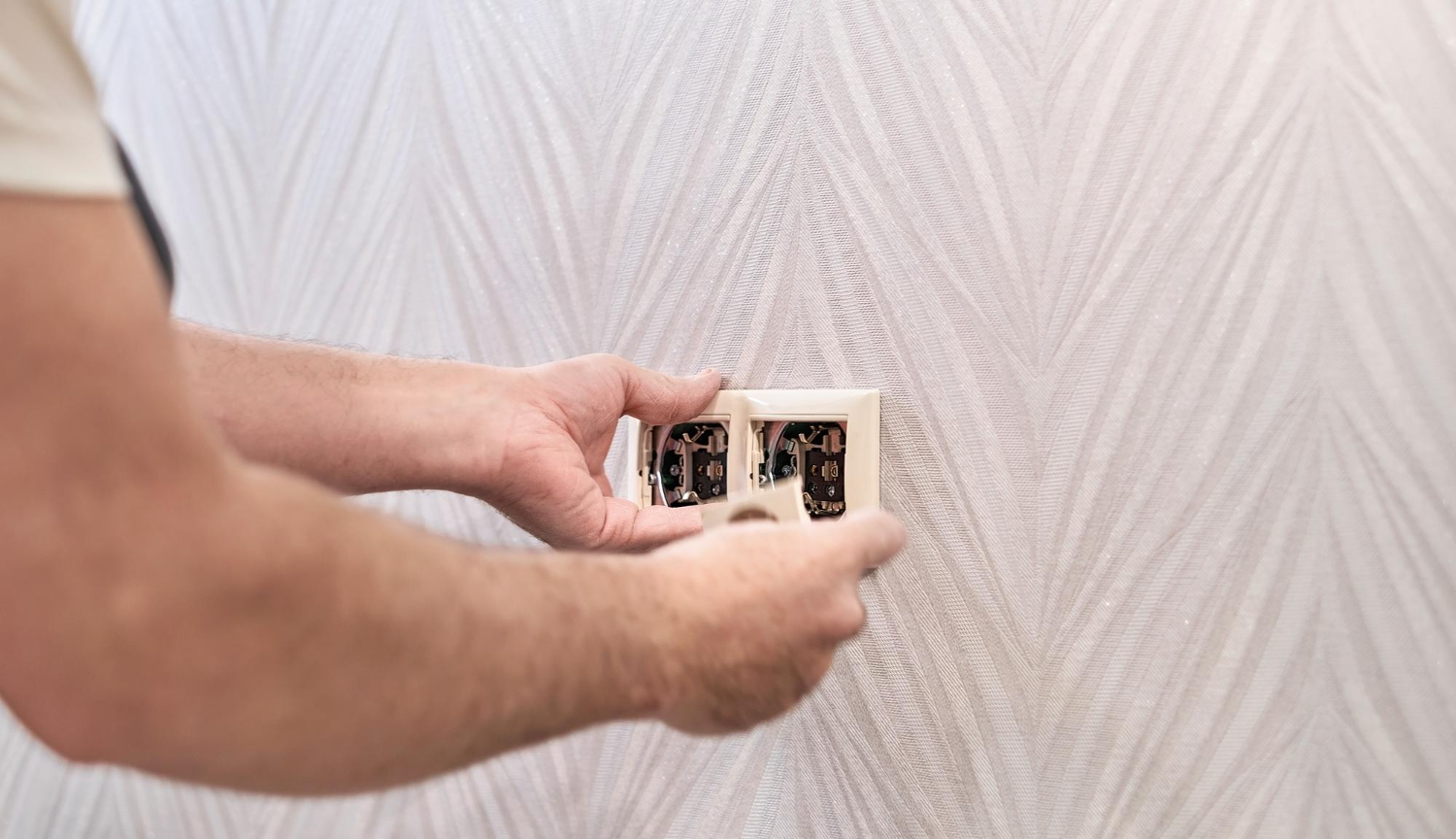Like any other device, a circuit breaker has a limited shelf life. Most circuit breakers last about 30 years, so depending upon your home’s age, you may need to replace your circuit breaker at some point.
Fortunately, replacing a circuit breaker is a straightforward process. Read on to learn how to replace a circuit breaker.
Steps to Safely Replace Your Circuit Breaker
The first step to replacing a home circuit breaker is gathering these supplies:
- Rubber-soled shoes and insulated gloves
- A voltage tester
- A rubber surface to stand on while you work
- A new circuit breaker that is the same model as the one you’re removing
- An insulated, battery-powered light source
- Insulated screwdriver, pliers, and wire strippers
- Cable connectors to attach the new breaker to the panel
Once you have these items, check that the floor around the circuit breaker is completely dry. If it’s damp, do not try to replace the breaker.
Next, you should unplug all appliances connected to the circuit you’re about to replace. Then, take these steps to start preparing your breaker for replacement:
- Turn on your light source
- Turn off each circuit breaker
- Shut off the main circuit breaker
- Use the voltage tester to confirm that each circuit breaker is off
The next step is unscrewing the circuit panel cover. Make sure the panel does not touch the inside of the box as you remove it.
Now, you’ll remove the faulty breaker. But before you do, notice the placement of the breaker so you know how to install the new breaker.
Then, you should use your screwdriver to turn the terminal screw until you’ve loosened the wires. Use your pliers to untangle the wires, then remove the faulty breaker and dispose of it.
Next, replace the new breaker by doing the following:
- Ensure that the new breaker is in the OFF position, then install the new breaker
- Reconnect the wires
- Use your pliers to turn the terminal screw until secure
Replace the panel cover, turn on the main breaker, then turn on the rest of the breakers. Use your voltage tester to verify that each breaker has power.
Plug in your appliances and confirm that the breaker is powering them.
When Should You Replace the Circuit Breakers?
Circuit breakers last about 25-30 years before needing replacement. However, you may need to replace a circuit breaker sooner if it becomes dysfunctional.
First, if your breaker repeatedly trips, it’s showing the first signs of wear and tear. If you try to reset it, but it keeps tripping, it most likely needs replacement.
You should also regularly inspect your panel for signs of decay. Consider replacing your circuit breaker if you see signs of:
- Discoloration
- Rust
- A burning odor
- A burned or blackened area
- Melted or frayed wires
Besides the panel, you may notice other signs that point to a defective circuit breaker. Your lights might flicker or dim, especially whenever you turn on an appliance. You may also see a discolored or burned-looking outlet.
Operating a new appliance may also require you to replace your circuit breaker. Newer appliances demand more amps, which will likely overtax your current model.
ESD LLC Is Your Leading Provider for Electrical Services in Northwest Washington
You’ve now learned how to replace a circuit breaker and when you should replace it. But you might not know which circuit breaker to choose or how much it costs to replace a circuit breaker. At Electrical Supply Distribution (ESD), LLC, of Monroe, WA, our professionals are available to help customers throughout Northwest Washington with electrical problems in their homes.
Interested in learning about circuit breaker options or need help replacing a circuit breaker panel? Call our reliable team from ESD LLC today at 425.419.4167 to schedule a consultation.



